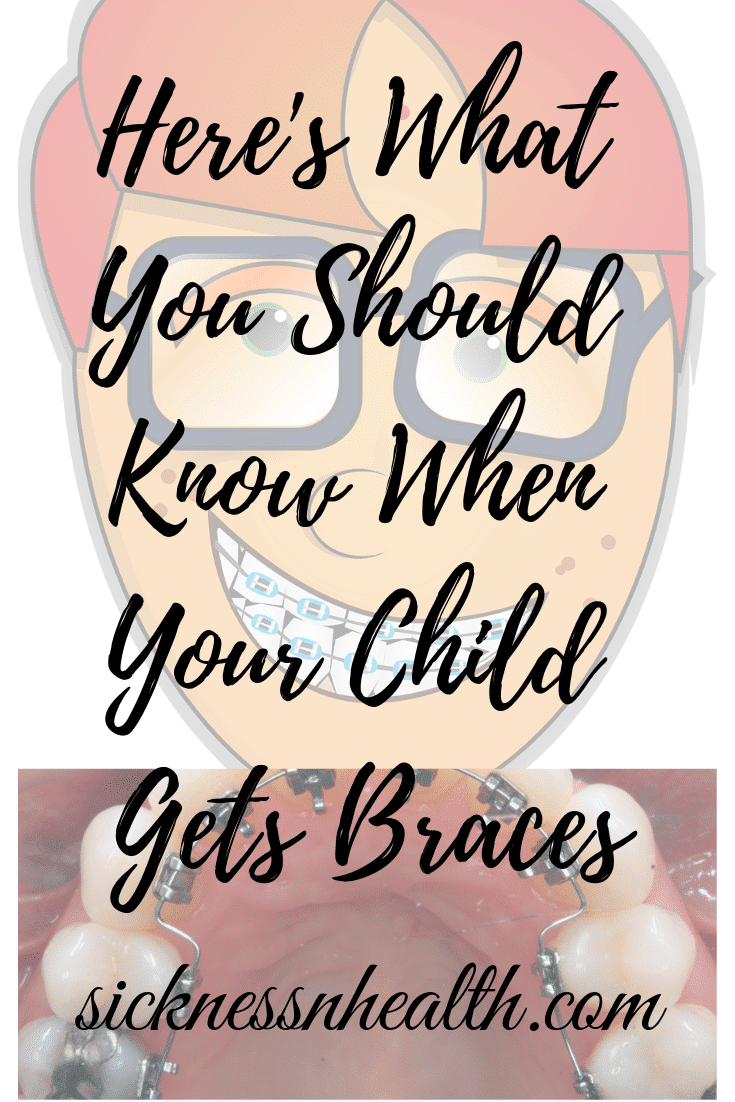
Page Contents
Dr. Satish Pai
Getting braces sounds like a scary, humongous task for the whole family, especially when it’s the child getting the braces. The very name of braces strikes fear into the minds of children and their parents. But dental braces are essential to correct the alignment of your child’s teeth and move them up into a straighter position.
If your child has braces or if braces are in the pipeline, you as a parent may have a lot of questions about your child’s life with braces. Here are a few frequently asked questions:
When Should My Child First Visit the Orthodontist?
There is no set age for when your child should visit the orthodontist, but it is recommended that your child sees one when the permanent teeth start coming in so that any orthodontic problems can be spotted early.
Does a Visit to the Orthodontist Mean My Child Needs Dental Braces?
Going to an orthodontist doesn’t mean that your kid needs braces. It can just be a preventive measure to check if your child’s teeth structure and position are proper. If the teeth evaluation reveals misaligned teeth, the orthodontist may recommend braces.
Your child’s first visit to the orthodontist will involve a thorough examination of your child’s teeth. The orthodontist might take X-rays of the mouth and teeth to see their positions. Or the orthodontist might take a mold of your child’s teeth to evaluate the teeth structure and position and depending on the evaluation, the orthodontist may suggest the treatment options.
The orthodontist might recommend braces or have one or more teeth removed to create space for the permanent teeth to erupt.
What Are the Different Types of Dental Braces?
Here are the different types of braces:
Metal Braces
Metal braces are the most old-fashioned form of braces. Metal braces have metal wires and brackets that are easily noticeable; they are reasonably priced and work effectively to correct misaligned teeth.
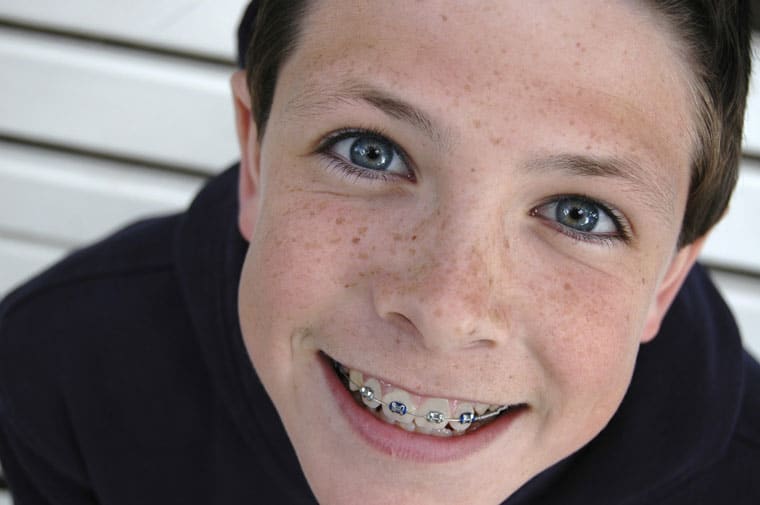
Ceramic Braces
Clear ceramic braces are less noticeable than metal braces, and you have the option of adding colored rubber bands to them.
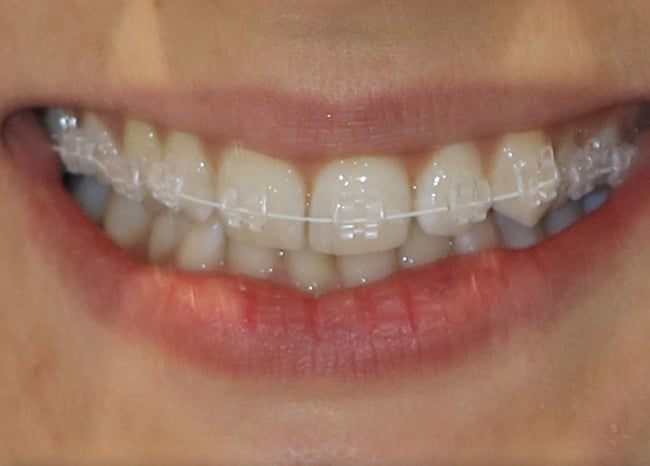
Self-Ligating Braces
Self-ligating braces eliminate the need for metal bands to hold the braces in place.
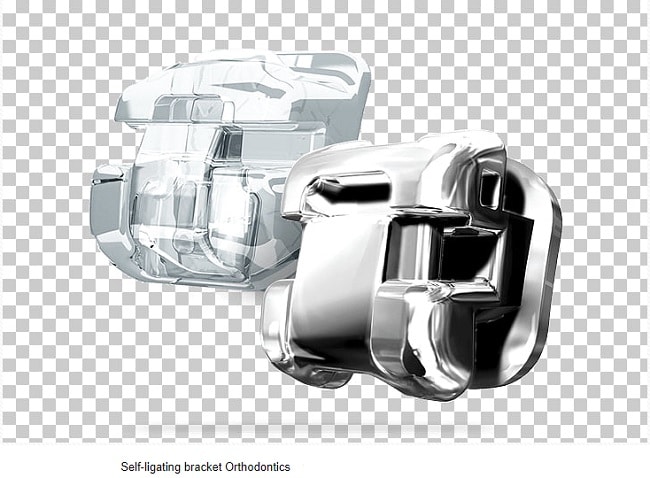
Lingual Braces
Lingual braces have brackets set on the backside of the tooth, but function just like conventional braces. They cost more than other options, but they are virtually invisible.
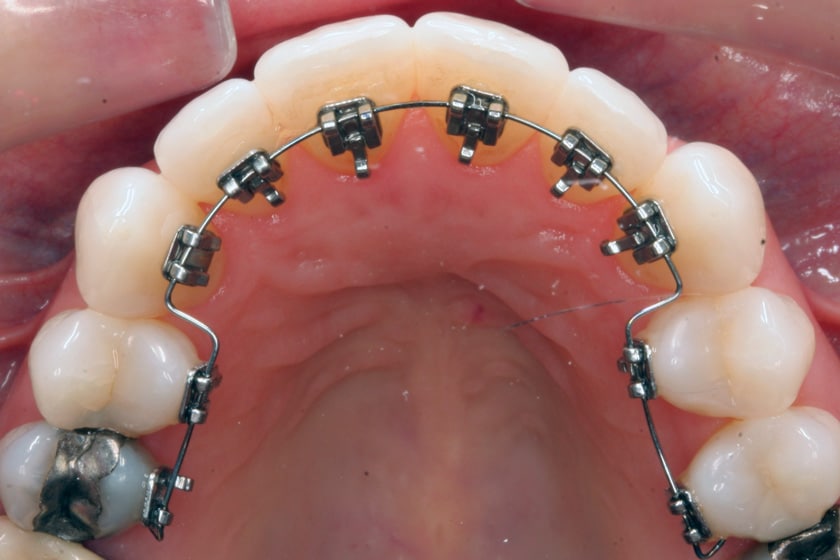
Aligners
Aligners are the most expensive option of braces. They’re popular because they are practically invisible and made of plastic. They are clear plastic trays that hold teeth in place. They get switched out every two weeks to accommodate the movement of teeth. Once your braces are on, you will need to visit the orthodontist every few weeks to make sure your teeth are cleaned and checked for cavities.
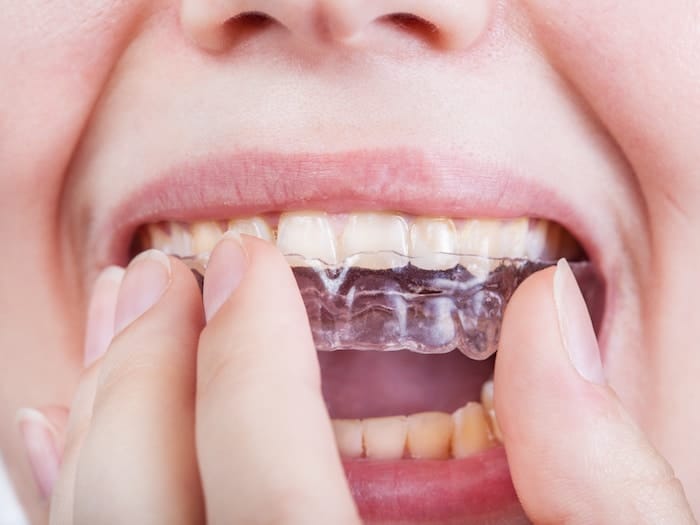
How to Take Care of Your Child’s Oral Hygiene While Wearing Braces?
Good dental hygiene is crucial for kids with braces. To avoid serious dental issues like cavities under the braces or discoloration, help your child establish a proper dental hygiene routine, which involves:
Brushing
Make sure your child rinses the mouth with water and then brushes the teeth after every meal. This will make sure there are no food particles stuck in braces.
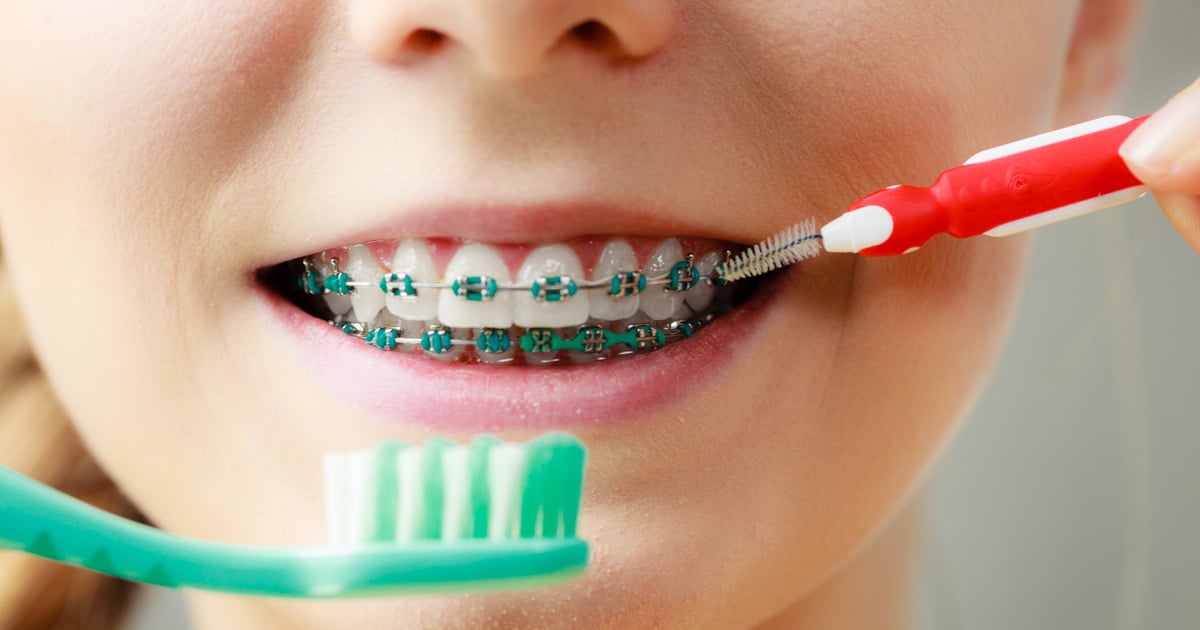
Flossing
Flossing with braces can be difficult for your child, but it is a must. It can help reach nooks and crannies in your child’s teeth that might be difficult to reach with a toothbrush.
Regular Cleanings
Take your child to the dentist for getting the teeth cleaned every six months. The dentist can remove calculus buildup and excessive plaque that can cause tooth decay.
Will Your Child Experience Discomfort While Wearing Braces?
Yes. Your child may experience discomfort the first time when they wear braces. The realization of a foreign body in their mouth is a good enough reason to feel the discomfort. As the child gets used to the braces, the discomfort level will also reduce.
Your child may have mouth sores because of the metal wires. Work with your orthodontist to figure out how to take care of the sores.
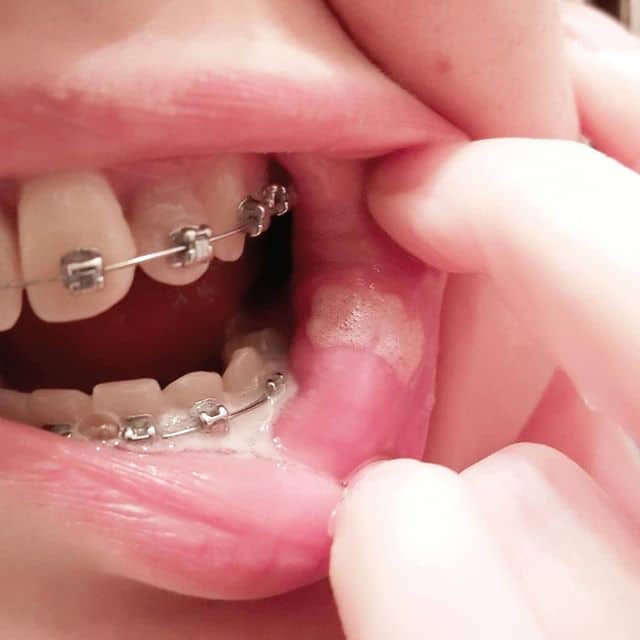
Make sure you change your child’s diet to include soft, easy to eat foods like smoothies, soup, and bananas for the first few days after getting braces. If your child experiences a high level of pain even after the first few days, keep an over-the-counter pain medication on hand. And don’t forget to consult your orthodontist before administering painkillers to your child.
What Are the Foods That Your Child Should Avoid When Wearing Braces?
A few foods that should be avoided when your child gets braces are:
-Sugary foods
-Chewy foods
-Crunchy foods
-Hard foods
Your child will not be able to eat their favorite foods like caramel, popcorn, hard candy, taffy, and peanut butter. Instead, you can whip up some innovative braces-friendly recipes for your child.
Getting dental braces might be an overwhelming task for the whole family, but it doesn’t have to be. The most important part is to make sure that your child’s prepared for getting braces and as a parent, it’s your job to help your child follows the orthodontist’s instructions.
Author Bio:
 Dr. Satish Pai is an orthodontist and an Ivy League trained dentist who has and has served as a faculty at Columbia University. He believes that a perfect smile not only makes a person look great but feel great. As the founder of Putnam Orthodontics and a Partner at Brite Orthodontics, he is dedicated to providing the best orthodontic treatments to his patients. He also writes to educate people about everything orthodontics and the importance of correctly aligned teeth along with good oral health. In his free time, you can find him golfing, doing yoga or surfing, and spending time with his family.
Dr. Satish Pai is an orthodontist and an Ivy League trained dentist who has and has served as a faculty at Columbia University. He believes that a perfect smile not only makes a person look great but feel great. As the founder of Putnam Orthodontics and a Partner at Brite Orthodontics, he is dedicated to providing the best orthodontic treatments to his patients. He also writes to educate people about everything orthodontics and the importance of correctly aligned teeth along with good oral health. In his free time, you can find him golfing, doing yoga or surfing, and spending time with his family.